Travel enthusiasts en-route to various safari destinations along the Nairobi-Mombasa highway more often than not by-pass this Majestic wonder over Voi town. What many fail to realize is that this unexploited backdrop not only provides for a beautiful view while on your safari, but is also a rare attraction gem yet to be exploited and can only be attested to by a few; locals, researchers, and rally drivers. The early mornings are a sight to behold with dense fog shrouding the hills so much so one cannot be able to see another’s compound. Moreover, approaching the scenic hills from the vast and expansive plains spread in the lowland areas, provides for an exciting anticipation knowing that the higher one goes the more amazing the view of the landscapes, more like a far off deep sea.
The lowlands, teamed up with Taita hills form the greater Taita/Taveta County formerly district, and are more accustomed to tourist visits being home to Kenya’s largest National Park; Tsavo National Park, Lakes Jipe and Chala, various water springs as well as a number of lodges namely Voi Wildlife Lodge, Voi Safari Lodge, Voi Town Lodge, Lions Bluff Lodge, Sarova Taita Hills Game Lodge and Sarova Salt lick Game lodge.
The Taita Hills are mainly Precambrian mountain ranges consisting of three massifs; Dawida, Saghalla and Kasighau with Dawida outcropping the rest at 2,228 metres above sea level at its highest peak – Vuria; it also has three other main peaks – Iyale, Wesu and Susu. Inhabitants of these hills are classified into three subgroups/sub-tribes in relation to the three topographical zones i.e the Wadawida/Taita from Dawida, Wasaghalla from Saghalla and Wakasighau from Kasighau. The Taita have a variation of dialects that include the Mbololo, Bura, Wusi, Kidaya, Mghange, Chawia, Mwanda, Kishamba, Werugha, Wumingu, and Wundanyi whereas the Kisaghalla and Kasighau stand on their own as self-sustaining dialects.
One’s journey atop, begins at Mwatate town, the central junction point linking wundanyi, voi and Taveta. Between Mwatate and Wundanyi several view points will prompt you to stop and gaze at the awesomeness below. One such spot is Mbengonyi; here you will be fascinated by the plains spreading across from Kishamba to Mwachora as well as the expansive Teita sisal estate. Mwachora is historically renown among the Taita as a medium of death as this is where sorcerers were executed by throwing them over the hill (sorcery was only punishable by death).
Another hill with a similar history to Mwachora is Shomoto with a story of how thieves would be thrown over the cliff or have their fingers beaten to a pulp after which they would be tied by a rope to the tree that sits right on the edge of the cliff hanging over a deep cleft in the rock; left for dead. It was the responsibility of a member of the suspects’ relatives to push them over the edge.
If you thought the views of the plains impressive, sight of the Lwada falls should leave you dumbfounded at the nature of its beauty. Found in the Dembwa area, the falls cascade from tall, moss-lined rocks and boulders against a scenic backdrop of thick evergreen vegetation and indigenous cover mostly of wild date palms.
The cruise up hill leads you to Wundanyi town; formely Taita’s District Capital from where one can access other destinations via hiking or use of motorbikes as very few places can be accessed by vehicles due to rough terrain especially during the rainy season. However, to better enjoy the splendor of the treasured sites, hiking is more preferred; Inhabitants swiftly traverse these precipitous hills without the break of a sweat whereas for those of us who come back here once in a while this seems to be quite a chore (never mind the fact that I hail from here). Walking about closely linked villages brings you to encounter very friendly people who will more often than not, not shy off to salute you with a ‘Kwawuka mana’ (good morning) or ‘Kwasinda mana’ (good afternoon) obliging you to reply with a simple ‘Mana-to’. Guests with preference of the uphill climate over the lowlands can enjoy their stay at Irido springs, Lavender Garden and Rocks hotels.
Having withstood the years, Taita Hills have significant political stories to tell with sites like Mile 27, the Mashoti encampment, Mbuyuni, Salaita, Latema, Reata and the fortifications near Maktau portraying events dating back 100 years ago during world war 1; the only memorabilia of the battleground being the war cemetery segregated into white and Asian races (wonder where the Africans were buried). There is a story told of a German lady sniper supposedly hidden in a hollow Baobab tree, out to avenge her husband, leading it to become a target for the British. The baobab tree survived as the most-shot-at tree during World War One and still has the bullet holes to show till date.
Mwakitau ( as pronounced by locals) war memorial
observation post and its view on top of mwakitau
The legendary bullet-holed baobab tree
The hills also played a crucial role for Kenya’s independence serving as a hideout for our founding heroes including the first Kenyan president; Jomo Kenyatta. It is said that the Kapenguria seven stayed at Kino caves where they would keenly plot their victory plan over their colonizers. Mwalimu Julius Nyerere, First president of Tanzania would also frequent the location in order to exchange ideas with his counterparts.
kino Cave
Taita Hills not only harbors these cherished political antiquities but is also rich in cultural mementos. Before conversion into christianity, the Taita were known to store skulls of the dead in caves; Ngomenyi, Yale, Shomoto amongst others. The skulls would be disconnected from the corpse after a year’s exhumation; this was deemed a sacred act of restoring the dead to the ancestors resting place. The skulls would be lined denoting lineage and stacked near the entrance facing the setting sun. The subgroups differed as to who would be accorded this honor with the wadawida placing skulls of only elderly men whereas the wasaghalla included skulls of women and children. In times of calamities, elders would visit the caves and appeal to their ancestors for help; their Higher Being was called Mulungu whereas the ancestors’ spirits were referred to as milungu.
Entrance to sacred skull cave
With continued exposure by the media, these breathtaking hills have proven that its allure is not one to be left to oblivion having attracted a myriad of naturalists, researchers and birding enthusiasts alike. With a unique biodiversity of 9 and 13 taxa of animals and plants respectively, found nowhere else in the world but here, areas like Ngangao forest have been deemed a true treasure; being part of a unique Eastern arc range of forests found mostly in Eastern Tanzania and the only one of its kind in Kenya. In total there are 48 indigenous and exotic forests (surviving on hill tops and ranging in size from 500 square metres to 2 square kilometres) 28 of which are gazetted and are under the able protection and management of the Kenyan Government.
Ngangao forest
Ngangao forest (under the care of Forestry Commission) will provide you the splendor of moist, thick dripping vegetation with sights of rare birds, butterflies, amphibians and plant species that only exist here. Some of the endemic species that call Taita hills home include Bird species like the Taita Thrush, the Taita White-eye and the Taita Apalis, a unique rear-fanged snake – Amblyodipsas teitana, an endemic toad – Bufo Teitensis, and butterflies; the Taita Glider, Taita Charaxes, Cymothoe teita, Papilio desmond teita and Taita Swallowtail. There are at least nine plant species found nowhere else in the world but on the these moist slopes including the African violet – Saintpaulia teitensis, Memecyclon teitensis, Milletia obrata, Psychotria petitae. Trailing the forest within the first morning sun rays, one is also bound to chance a upon an endemic species of chameleon – Bradpodium Kinyongia. For birding enthusiasts, species like Orange Ground Thrush, Stripe- cheeked Greenbul, Cabanis’s Greenbul, Hartlaub’s Turaco, Evergreen Forest Warbler, Yellow-throated Woodland Warbler amongst others, should adequately quench your thirst.
Taita white-eye
African Violet
As a climax to your exploration endeavor, something that ought to give you a rush would be the climb of Wesu rock either as a pro with harnesses, ropes and all or simply by hiking your way up. What awaits you at the top is a reward of panoramic views for miles over kasighau, Ngulia, Mount Kilimanjaro’s Mawenzi and Kibo peaks as well as chyulu hills.
Vuria ( Taita’s Highest point) will also be able to offer you the same thrill of the superb views. Early risers should be able to enjoy the glory of snow fall on the peaks of Kilimanjaro teamed up with the beautiful sunrise, truly a sight for sore eyes.
.

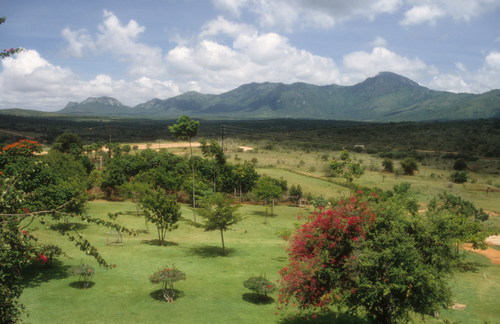
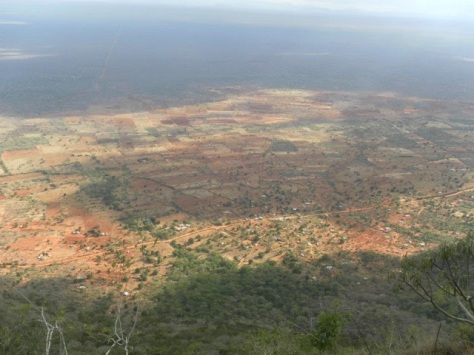





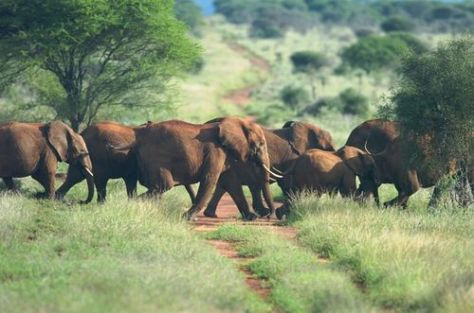

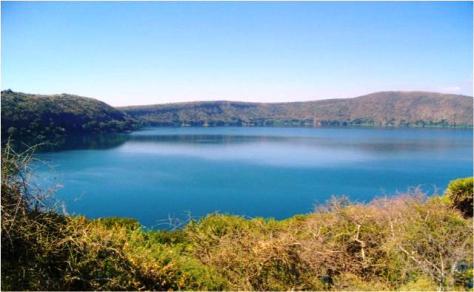

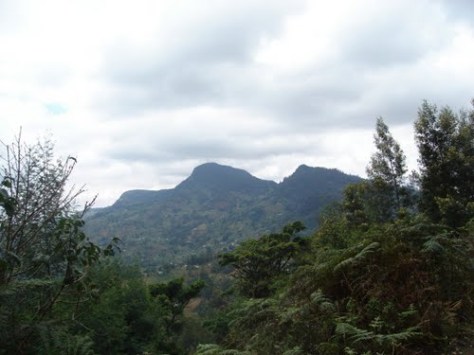








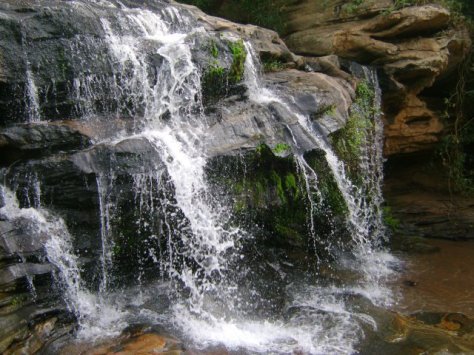




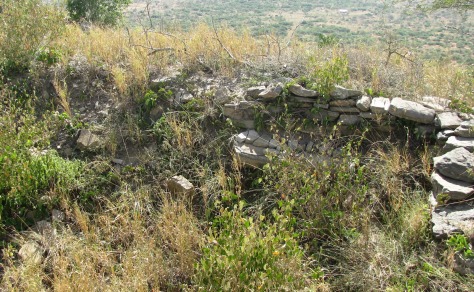


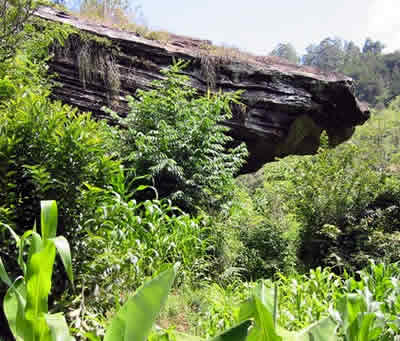

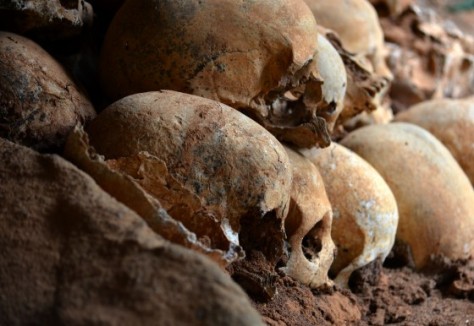


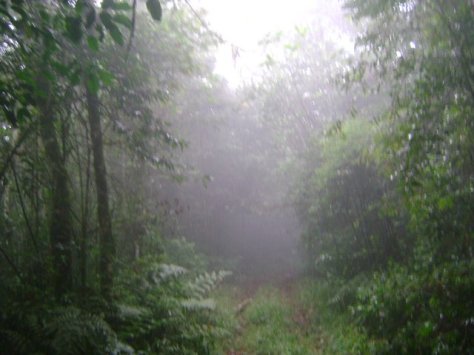

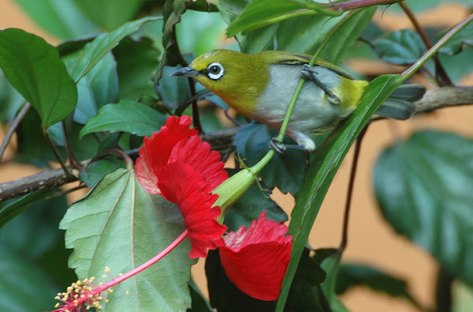


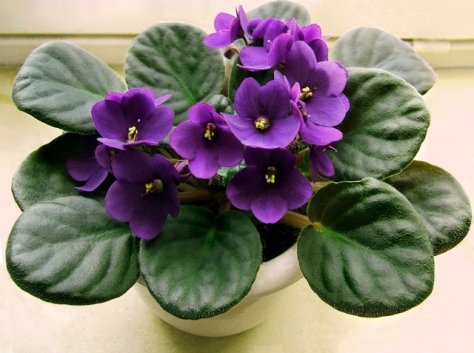
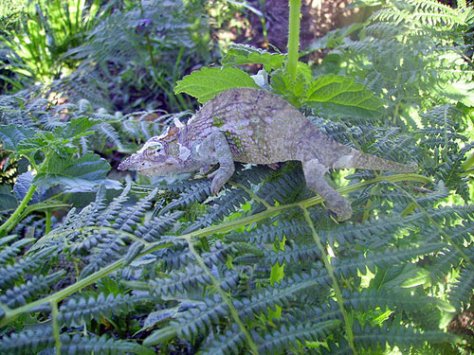


Great document! Taita is a gem that very few know about
very true its time we showcased the awesomeness that some of us have enjoyed all this while
i am impressed with the way you wrote this. quiet educative for some of us who come from these areas and yet we missed so much of the history behind it.
Thank you Evans there is a lot of history here and very interesting history to that!
This is wonderful. Well compiled and reveals what Taita has to offer. Am very very impressed by this. I come from voi and i have only been to taita saltlick. I must admit the upper taita has much more that will make me tour the place. Good work.
Thank you so much Ginton, Taita is indeed a beautiful place (I would know since I hail from here) but people don’t realize this as not much is told of this place. You should without a doubt take some time and discover for yourself what more lies beneath the hills i.e stories untold 🙂
Great sceneries
…….we have one of the best anyway.
very beautiful as well…Noel but do you say lol!
Beautiful sights of Dawida…..just plain awesome!
Dawida is beautiful indeed!!
Yes,we are blessed,Taita we are!!!Let the world know that we have all sorts of tourist attraction centers,best lodges,hotels,tented camps camp sites and above all the culture,land scapes just to name afew…..We should look ways of marketing Taita both in local and international market so that we can all creat job opportunities to our youth by being involved in echo tourism like grouping youth to start a bird sactuary,curio stales along Tsavo East road from sikujua to the gate etc just in the name of tourism participation to the tourism indusrty in our county.Thankyou.
Actually thinking of organizing a group trip to taita that should be a start…
all the way from werugha msidunyi village-embakasi,based in arusha at the moment its saleca njumwa. Am happy to see this its a good thing and the video too.I remember watching a song charonyi ni wwasi with a vedio of what ave watched here;i love this so great and watching ngangao forest and that heavy fog reminds me back when i was at kitumbi primary.kudosssssssssssssssssss! mzinyi ni mzinyi
Hi Saleca how’s arusha? Glad i was able to take you back in the day … good memories i suppose. indeed mzinyi ni mzinyi
Great research, Am impressed this should be shown to the whole world and put in geography and history books including the lions of maneaters ,the migration of the bantus from the Congo forest passing through dawida land and how most of the food grown in taita taveta is sold to luxurious beach hotels in the coast. Amazing captured pictures.
Thanks very much gongs am humbled 🙂
Great
Splendid!
I am impressed. A walk through Ngangao forest left me wondering whether thats where i used to fetch firewood from while growing up. Good job.
Thanks Mkaiwawi, taita is truly beautiful
beatiful place in deed.am proud to come from such a beautiful county
and indeed u should be not only a beautiful place but also has beautiful people
I am awed!
This is good, i hope i can use this to have people tour our mzinyi! asante au chawucha.
Splendid.
Very nice and informative. I only knew of macha environs and how we could see Mt. Kiimanjaro from wawa Kiteto’s homestead, didntrealize there was so so so so so so much more. Its very beautiful. I would especially like to see the falls.
Mlilo Community Tours has developed itinerary to these splendid sites,Taita Taveta remains the only PLACE in the world that has more than meets the eye!
entirely splendid….i can see i have a mission to accomplish.need to tour all these wonderful sceneries….hongera zurukenya for this educative information for all to see.God bless you.
Asante Machila…hope you’ll include us in this tour. 🙂
Fantastic work. I come from Werugha too (Kighalla Village) and these pictures fill me with nostalgia. Will be getting back to Wesu, Iyale, Ngangao and all the other places soon. The views are ….. Breath taking!!!!
Thanks Damzy 🙂
This is amazing, great to know we live in a place full of nature beauty you can never find anywhere. I like the Vuria, Wundanyi aerial view…looks good. I like the tranquility in this piece of art. Zuru Kenya thanks for this work…donge!
Confirming I come from Mghange Nyika. It feels me with much nostalgia being away from my home, motherland
Hi there, yup this piece of writing is truly nice and I have learned lot of things from it
regarding blogging. thanks.
This jus awesome, have always had a dream to retire somewhere arnd Taita Hills and honesty dint have a reason till now. So much history, natural beauty..am just glad..this was great work Zuru kenya indeed!! Thanks a bunch
Willing to learn more from u guys, even join your group trips.
Asante.
Thanks Solomon, Taita Hills is indeed a very beautiful place and retiring there is nothing but bliss, peace of mind. Be on the look out for future trips as well
Zuru Kenya this was a wonderful piece on Taita which is where I come from and it made me long to go back and see all the places I have missed. Please send me an e-mail on how I can join a hiking/tour/interest group or names of companies who do these tours. Keep up the good work,.
Hi Eileen, Glad we could take you down memory lane. We will definitely get in touch with all the info requested. Thanks…Have an amazing Easter!
We so shamelessly say that we have nothing to do when we are in Taita. This is just amazing. I love the detail, the history. Glad to have experienced some of it, but there’s so much more. Totally going to explore. Chawucha!!!
Karibu Leila! Taita definitely has so much to offer, you just need to know where to look and explore.
I come form Taita Hill but I’m yet to explore this landscape which is blessed with such great views, my ooh my watch this space.